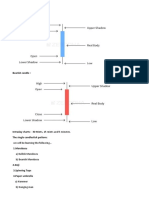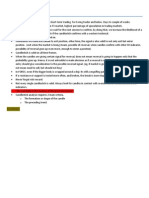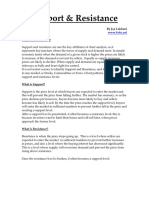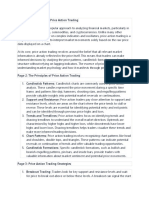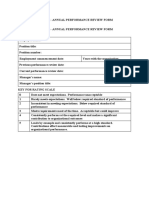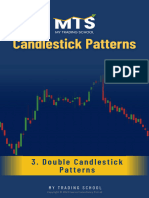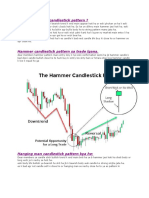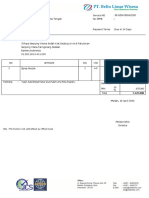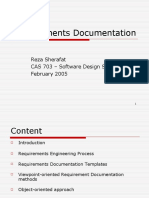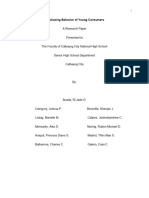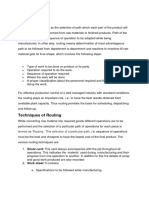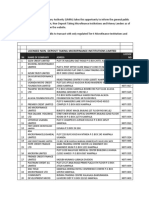0% found this document useful (0 votes)
264 views18 pagesMicro Patterns 2
Uploaded by
Aris ResurreccionCopyright
© © All Rights Reserved
We take content rights seriously. If you suspect this is your content, claim it here.
Available Formats
Download as PDF, TXT or read online on Scribd
0% found this document useful (0 votes)
264 views18 pagesMicro Patterns 2
Uploaded by
Aris ResurreccionCopyright
© © All Rights Reserved
We take content rights seriously. If you suspect this is your content, claim it here.
Available Formats
Download as PDF, TXT or read online on Scribd
/ 18
